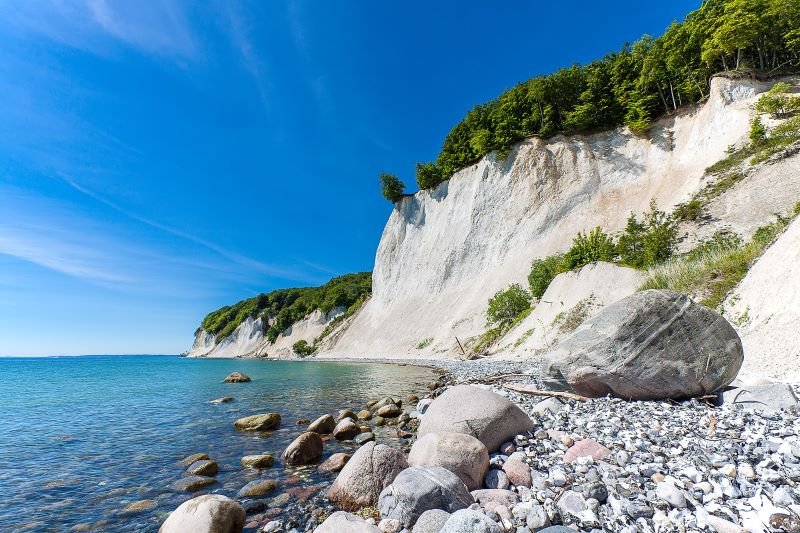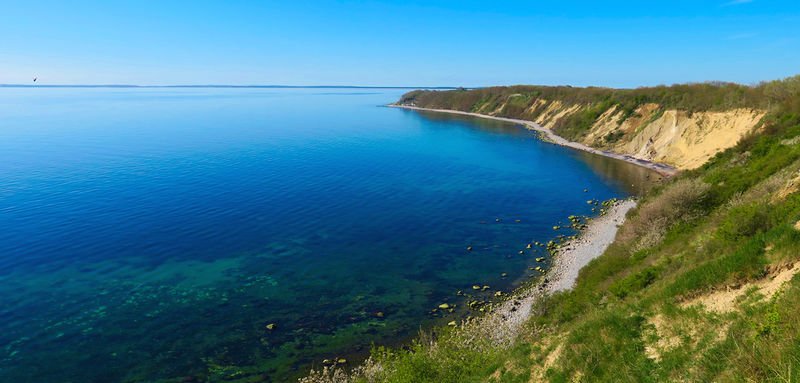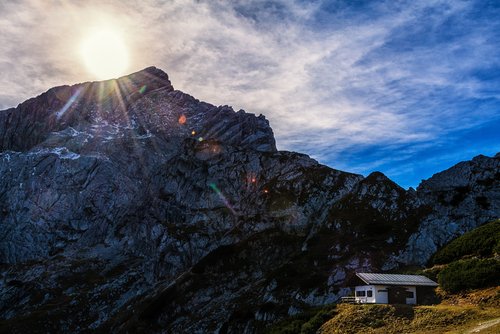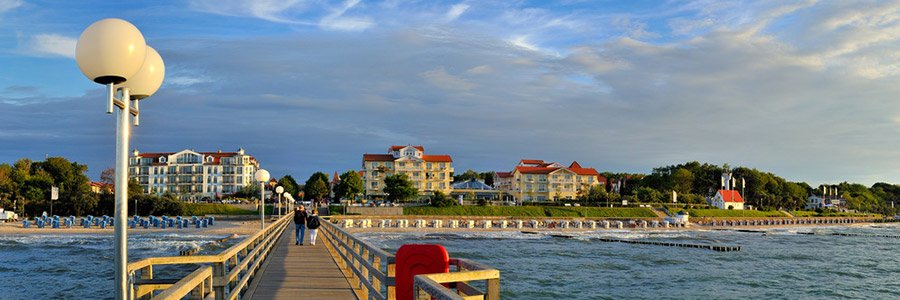Rügen: The Queen of the Baltic Sea


Rügen, the largest German island, lies on the Baltic Sea coast and impresses with its natural beauty. The famous chalk cliffs, such as the Königsstuhl, offer breathtaking views of the Baltic Sea. The island is lined with charming fishing villages and traditional seaside resorts. A visit to the Jasmund National Park, home to the primeval beech forest, allows nature lovers to immerse themselves in an untouched world. Rügen’s sophisticated resort architecture and mild maritime climate attract tourists all year round.
Sylt: The pearl of the North Sea

Sylt, the northernmost German island, fascinates with endless sandy beaches and rough dune landscapes. The island is known for its exclusive holiday resorts, such as Westerland and Kampen, which attract celebrities and travelers alike. Sylt also offers culinary delights, from fresh North Sea fish to fine gourmet restaurants. The Ellenbogen, a headland in the north, is a remote place with a unique atmosphere. Sylt is a synonym for luxury and closeness to nature.
Usedom: The sunny island of the Baltic Sea

Usedom, shared between Germany and Poland, is known for its long sandy beaches and historic seaside resorts. The island attracts visitors with its impressive spa architecture that is reminiscent of bygone times. The Heringsdorf pier and the historic Kaiserbad Bansin are true jewels. Usedom also offers a rich cultural heritage, including the Peenemünder Historical-Technical Museum and Stolpe Castle. The island is a magnet for those seeking relaxation and those interested in culture alike.
These German islands offer a variety of natural wonders, historical heritage and luxurious recreational opportunities. Whether steep chalk cliffs, endless sandy beaches or elegant seaside resorts – each island has its own charm and will certainly remain in the memory of travelers.
